Biologists are approaching a clue to Turing patterns

In 1952, Alan Turing, a British mathematician, best known for his work on decoding codes and artificial intelligence, was convicted of homosexuality and sentenced to chemical castration. But in the process of this personal drama, he still found time to publish visionary work on mathematics of regularly repeated patterns in nature, which can be applied to patterns of tigers and zebrafish, leopard spots and alligator teeth distances.
Now, 60 years later, biologists discover evidence of the real existence of the mechanisms of morphogenesis proposed by Turing in that work. “All structures are known to us,” said Jeremy Green, a developmental biologist at King’s College London. “We only need to cross chemistry with mathematics in order to understand biology.”
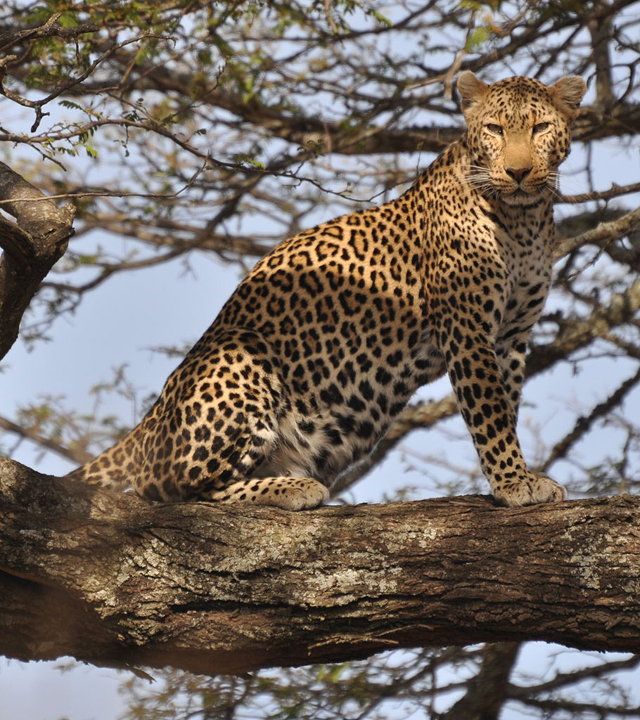
')
The scientific work of 1952 appeared due to the fact that Turing wanted to understand the mechanisms leading to the appearance of natural patterns. He suggested that the patterns of the type of spots are formed as a result of the interaction of two chemical compounds that propagate through the system approximately like gas atoms in a box, but with one difference. The compounds that Turing called “morphogens” do not spread evenly, like gas, but at different rates. One serves as an activator for the appearance of a unique characteristic, such as a tiger strip, and the other as an inhibitor, periodically interrupting and inhibiting the release of an activator.
To explain the Turing idea, James Murray, an honorary professor of mathematical biology at the University of Oxford and an applied mathematician at Princeton, presented a field of dried grass that grasshoppers scattered about. If the grass is set on fire in several random places, and there is no moisture to extinguish the fire, the fire will burn the whole field. If this scenario were developed according to the Turing scheme, the heat from the flame would cause some grasshoppers to sweat, moisten the grass around them and thus create periodic unburned spots on the burned field.

The assumption was interesting, but speculative. Turing died two years after the release of work, which remained unnoticed for decades. “He did not apply it to any real biological problem,” says Murray. “It was just a gift for mathematicians looking for analytical problems.”
And although in the 1970s an explosion of theoretical work and computer simulation, in which patterns like spots and stripes were safely reproduced using Turing mechanisms, molecular biology did not even come close enough for researchers to point out specific molecules that work as activators and inhibitors.
Recent studies have argued that such mechanisms may be responsible for the distance between hair follicles in mice, feathers in birds, elevations on the palate of mice, and fingers on the paws of mice.
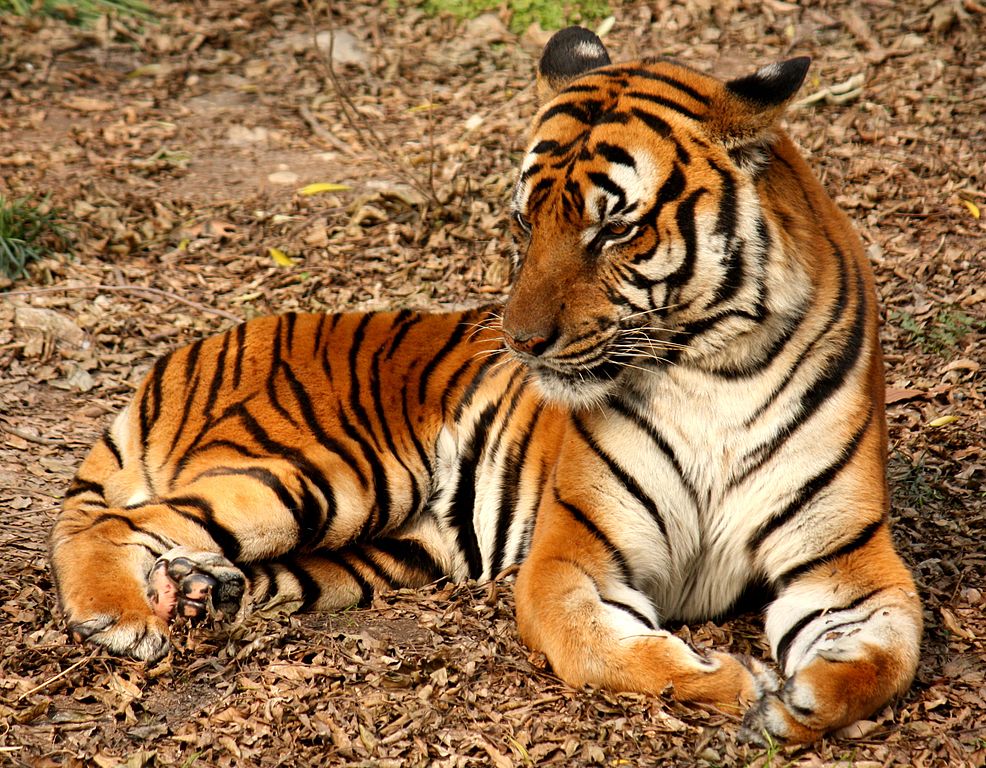
Some biologists are skeptical of recognizing Turing mechanisms as the only reason for the appearance of periodic patterns, in particular because of the presence of other models of their appearance, for example, the model proposed by Lewis Wolpert, an honorary specialist in developmental biology at the University College London. According to his model, cells determine their position in space based on the number of each of the morphogens, which leads to the appearance of stripes, spots or fingers. Moreover, according to Wolpert, "no one has yet identified molecules that work in Turing mechanisms."
The lack of experimental findings was the most serious obstacle to Turing’s advocates, but this is beginning to change. Recently, Green and colleagues identified two chemical compounds that behave as activators and inhibitors, leading to the appearance of periodic irregularities in the palate of mouse embryos. The fibroblast growth factor (FGF) protein works as an activator, and the hedgehog-Sonic (Shh) genetic variant acts as an inhibitor. By reducing or increasing the activity of these compounds, the scientists changed the pattern of irregularities in strict accordance with the Turing equations.
Biology is a complicated and complicated science, it mixes many factors, which makes it difficult to experimentally demonstrate the relationship between patterns and Turing mechanism. In search of evidence, Green and colleagues removed one of the ridges on the palate, increasing the distance between the ridges. If there was no Turing mechanism, another comb would have formed there. Instead, the researchers found additional ridges arising along a branched pattern and filling the space - a sign of the presence of a mechanism.
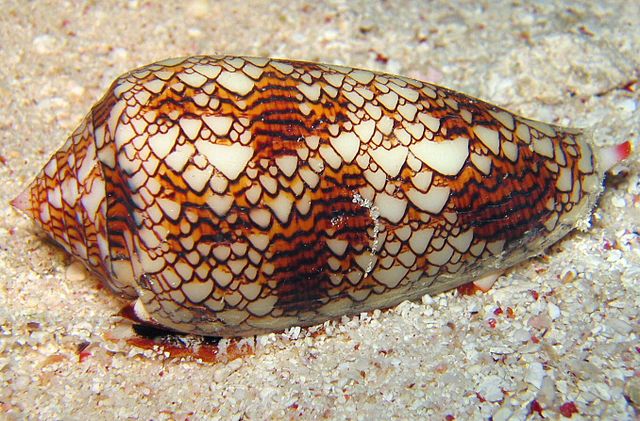
The Turing mechanism is applicable to many systems, and is almost too general. Researchers have found similar properties in the distribution of species in ecological systems, such as the predator-prey model, in which the victims work as activators, reproduce and increase their numbers, and predators - inhibitors, adjusting the size of the population. Neurons can also be mathematically described as activators and inhibitors that enhance or suppress the functioning of neighboring neurons in the brain.
“If you have any two processes working as an activator and an inhibitor, you can always extract periodic sequences from them,” says Green, citing the example of ripples that form on sand dunes. “Here, of course, there are no dispersing morphogens. Processes simply have properties that can be described by the dispersion function. ”
Turing recognized this in his work: "This model is simplified and idealized, and therefore distorts reality." This does not mean that it is false, it is just very difficult to move from defining the behavior of a system that seems to obey the Turing mechanism to defining certain physical processes that work as an activator and inhibitor. For example, experiments with zebrafish strips showed that they arise due to the Turing mechanism, but instead of isolating chemical compounds spreading through the system, the fish have two types of cells that serve as activators and inhibitors. Molecules claiming the role of activator and inhibitor can exist only inside the cell membrane and not be secreted by the glands. So for the mechanism to work, the cells must be in contact with each other.
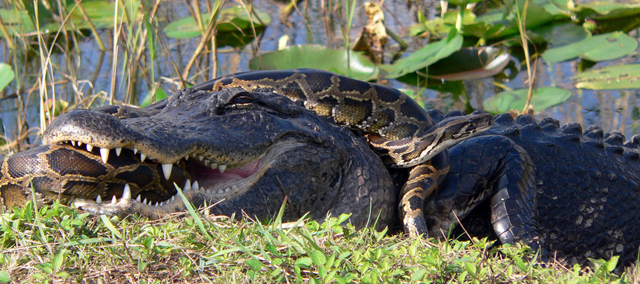
Of course, the Turing model has flaws. Only this mechanism alone cannot be responsible for increasing the scale in natural patterns. A good example of scaling is chicken eggs, because they can be large, small, medium, but regardless of the fertilized egg, a whole chicken hatches from it - without missing critical important parts. “A question that Turing does not answer is: how to get the scaling process?” Says Green.
The answer may be in the new work on the formation of fingers on the paws of mouse embryos. According to co-author Maria Ros of the University of Cantanabria and the Spanish Research Council, the study examines polydactyly — a multi-foul, for example, the appearance of six fingers on a hand.
The sequence of fingers resembles stripes. But the distance between the fingertips - the wavelength, if you allow it - and the distance between the knuckles differ. The sequence scales proportionally. If these strips originate from the Turing mechanism, then something must influence the scaling.
Several genes are associated with polydactyly, especially the Gli3 gene, regulated by Shh. In previous studies, it was concluded that the absence of Gli3 and Shh in mouse embryos led to an increase in the class of Hox genes necessary for the proper development of the body structure, including the number of fingers.
In mice, there are 39 Hox genes in four clusters. Grew decided, gradually removing Hox variants, to test the hypothesis that an increase in the number of Hox genes leads to an increase in the number of fingers. She thought that the number of fingers would decrease with a decrease in the number of Hox genes. But the opposite happened: the more Hox genes were removed, the more fingers appeared - up to 15 pieces in one case.
Extra fingers were thinner and closer. They were divided according to the branching principle - the same that Green observed in experiments with bumps on the palate of mice. When James Sharp, a systems biologist at the Center for Genetic Regulation of Barcelona and co-author Ros, fed the data on the thickness and the distance between his fingers to his computer models, he was able to recreate this effect through the Turing mechanism.
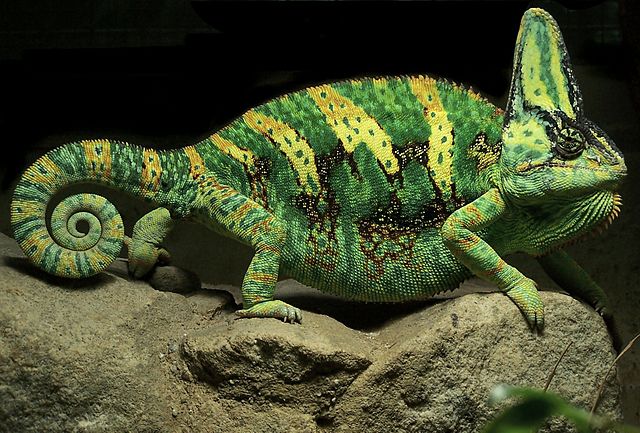
It turns out that two processes are involved in the formation of fingers: the Turing mechanism, producing a pattern resembling strips, and a trimming mechanism controlling the scale through the Hox genes. Sharpe views them as different aspects of the same mechanism.
It may be better to assume that the Turing model plays a certain role in development, and works in the context of a larger biological system, together with other factors, and is not a separate mechanism. “The Turing process is a piece of the puzzle in understanding how morphogens work together,” says Green.
We already know that genes interact with other genes, as well as with a huge number of environmental factors. “To actually understand biological development, you need to know how genes affect physical elements that create observable sequences, what specific biological elements are, and how they interact with each other,” Murray says. Again, there is a place for theoretical modeling. "If we only needed to use genetics to understand development, we still would not know how to create a chicken."
Source: https://habr.com/ru/post/401251/
All Articles